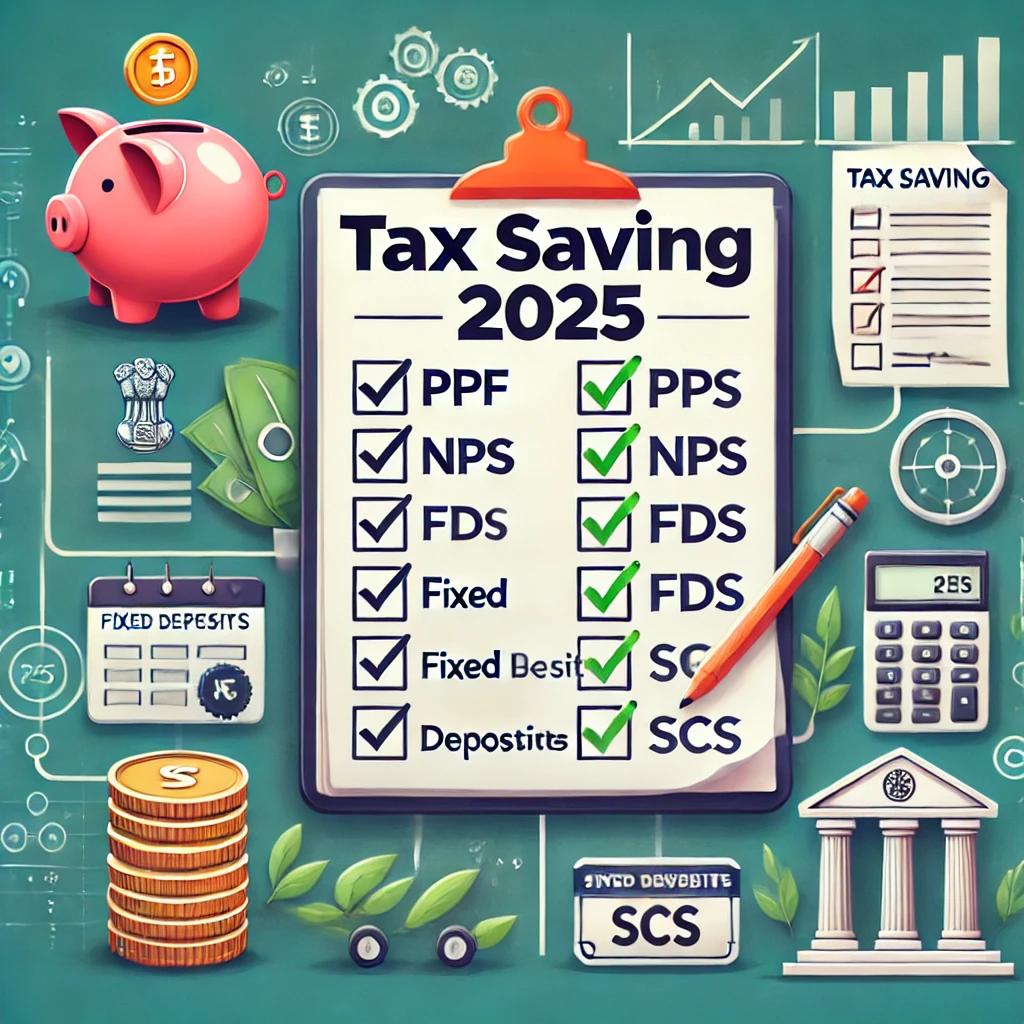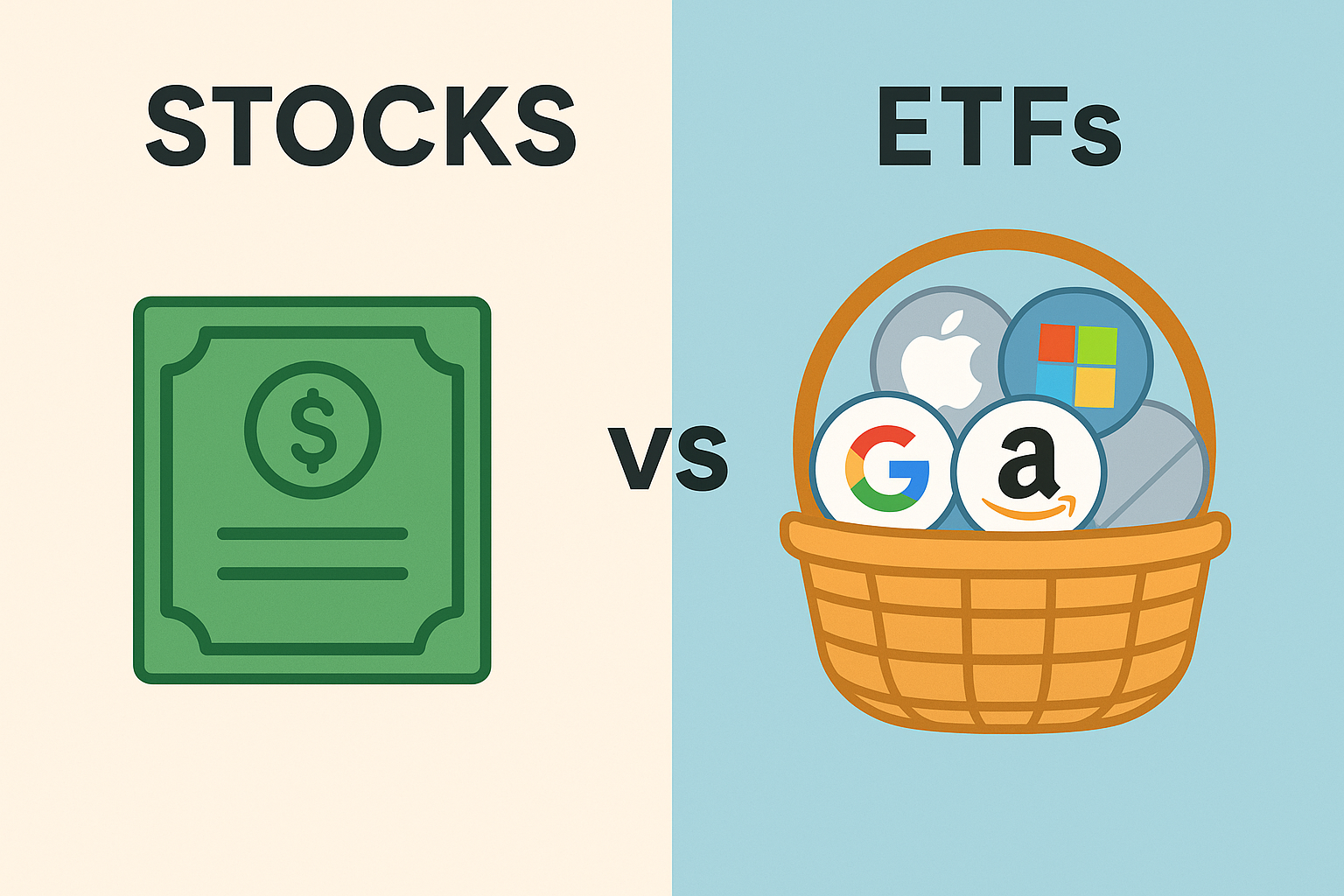Top Tax-Saving Investments for 2025: Smart Ways to Cut Taxes

Save Tax 2025 :-
This year, Nirmala Sitharaman, Minister of Finance of India introduced the New Income Tax Regime which had a huge changes and modifications to the tax regime, giving huge benefits to all the Tax earning class. Save Tax 2025 will be important now since the Financial Year 2025 is starting and measures needs to be taken.
As the financial year unfolds, managing your tax burden efficiently is key to building long-term wealth. Strategic investments not only reduce your taxable income but also offer substantial returns.
The Indian government has introduced revised income tax slabs for the financial year 2025-26 (assessment year 2026-27), applicable from April 1, 2025. These changes aim to simplify the tax structure and provide relief to taxpayers. Below is a comparison of the tax slabs under the new and old tax regimes:
New Tax Regime:
| Income Range (₹) | Tax Rate (%) |
|---|---|
| Up to 4,00,000 | Nil |
| 4,00,001 – 8,00,000 | 5 |
| 8,00,001 – 12,00,000 | 10 |
| 12,00,001 – 16,00,000 | 15 |
| 16,00,001 – 20,00,000 | 20 |
| 20,00,001 – 24,00,000 | 25 |
| Above 24,00,000 | 30 |
Here’s a rundown of the top tax-saving instruments to consider in to save tax 2025 to keep more money in your pocket—without compromising on financial growth.
1. National Pension Scheme (NPS)
NPS remains one of the most powerful tools for long-term retirement planning and tax saving. With a low-cost structure, customizable asset allocation, and potential for market-linked growth, it appeals to both conservative and aggressive investors. While the new tax regime limits certain deductions, 60% of your NPS corpus is tax-free at retirement, making it a cost-effective retirement solution.
- Minimum Investment: ₹6,000 per year
- Tax Benefits: Up to ₹1.5 lakh under Section 80C; additional ₹50,000 under Section 80CCD(1B)
- Why Consider: Equity + debt exposure, low expense ratio, long-term growth
Important Note: There is a section of NPS 80CCD(2), where you can ask your employer to contribute from your salary to the NPS account, and it givers huge rebate on income tax (Almost 30% of the amount invested).
In the context of the National Pension System (NPS), employer contributions are tax-deductible under Section 80CCD(2) of the Income Tax Act, up to 10% of an employee’s basic salary and dearness allowance, with a higher limit of 14% for central government employees.
Key point to note is there is a maximum limit of Rs 7,50,000 on employer contribution to PF, NPS and Superannuation. Thus any contribution by the employer over and above the limit of such excess amount will be considered as perquisite and taxable under section 17(2) of Income-tax Act.
2. Public Provident Fund (PPF)
PPF is a government-backed savings scheme known for safety and tax-free returns. Ideal for risk-averse investors, it offers a 15-year lock-in period and earns compound interest that’s exempt from tax.
- Minimum Investment: ₹500/year
- Maximum: ₹1.5 lakh/year
- Tax Benefit: Up to ₹1.5 lakh under Section 80C
- Returns: Currently 7.1% (subject to change quarterly)
3. Life Insurance Policies
A life insurance policy isn’t just a tax-saving tool—it’s a financial safety net for your loved ones. Premiums paid qualify for deductions under Section 80C, and the death benefit is fully exempt under Section 10(10D).
- Tax Benefit: Up to ₹1.5 lakh under 80C
- Why Consider: Financial protection + tax savings
4. Tax-Saving Fixed Deposits (FDs)
These 5-year lock-in FDs offer stable returns and qualify for deductions under Section 80C. While the interest earned is taxable, their guaranteed return makes them a safe bet for conservative savers.
- Eligibility: Individuals and HUFs
- Investment Limit: Up to ₹1.5 lakh
- Return: 5.5% to 7.5% approx. (varies by bank)
5. Senior Citizen Savings Scheme (SCSS)
Tailored for individuals above 60, SCSS offers a high fixed return along with tax benefits. It’s a go-to for retirees looking for steady income and capital safety.
- Lock-In Period: 5 years (extendable by 3 years)
- Tax Benefit: Up to ₹1.5 lakh under 80C
- Current Interest Rate: Around 8.2% per annum
Should You Still Invest in NPS or PPF If Deductions Are Reduced?
Even under the new tax regime, NPS and PPF remain relevant. While tax benefits may fade, their potential for long-term growth, capital preservation, and retirement planning keeps them viable. These instruments offer disciplined wealth creation that goes beyond just tax exemptions.
Final Word: Invest Smart, Save More
In 2025, being tax-smart means more than just grabbing deductions—it’s about aligning your investments with long-term goals. Whether you prioritize safety (PPF, SCSS), security (life insurance), or growth (NPS, FDs), a balanced portfolio can help you reduce taxes while building real wealth.
Tip: Stick with SIPs, avoid impulsive lumpsum moves, and consult a financial advisor for the best fit. The above suggestions will work to save tax 2025.
Disclaimer: This article is for informational purposes only and does not constitute financial advice. Always conduct your own research before investing.
Got questions? Drop them below—I’m all ears!
Also, read our other article – Indian Stock Market Outlook 2025: Key Trends, Nifty 50 Predictions & Safe Investment Strategies
Check out more article on Finance on our Finance Category section.
#TaxSaving2025 #FinancialPlanning #NPS #PPF #SCSS #FixedDeposits #WealthBuilding #SmartInvesting




